Everything You Need to Know About Dorsal Root Ganglion Therapy
Everything You Need to Know About Dorsal Root Ganglion Therapy
Published: September 9, 2021
According to research conducted in 2018, more than 27% of adults suffered from chronic pain. As it stands, the numbers continue to surge, necessitating the need to develop newer ways of managing chronic pain amongst patients.
The Dorsal Root Ganglion Stimulation Therapy (DRG) has emerged as the latest remedy to chronic pain. This therapy focuses on the body parts affected by chronic pain but is difficult to treat. These areas include the lower body, foot, hip, groin, and knee.
How DRG Therapy Works
DRG focuses on stimulating the dorsal root ganglia to treat the patient. DRGs are structured with densely populated sensory nerves located along the patient’s spine. The nerves give signals to the brain depending on the physical condition of the affected area.
Different DRGs are located along the spine with all affecting different parts of the body. This makes it possible for the DRG therapy to focus on only the affected areas. For instance, if a patient feels a lot of pain in the knee, the treatment still focuses solely on the DRGs responsible for sending signals from that part.
For better results, the generator, leads, and patient controller work together to improve the efficiency of the DRG stimulation therapy system.
When Should You Consider Dorsal Root Ganglion Therapy
The doctor might prescribe DRG for neuropathic conditions such as pelvic, groin neuralgia, and CRPS. Other instances where DRG therapy is likely to help include:
- Situations where chronic pain has lasted for over six months
- Pain in isolated areas such as the groin, foot, and knee
- When other forms of treatment such as surgery, pain medications, and neurostimulation do not work.
- Patients who do not prefer surgery as their first choice form of medication
How to Know if DRG Therapy Will Work
With DRG therapy, patients can be fitted with a temporary device that can be used to tell whether the therapy would be useful or not. The DRG stimulator is fitted by a doctor, and the patient is assessed.
This helps avoid possible side effects, reduces time-wasting, and the patients know the odds of success.
The Key Takeaway
One of the post-modern ways of dealing with chronic pain is dorsal root ganglion therapy. This method is preferred because it offers an alternative to patients who do not choose surgical procedures for dealing with chronic pain.
This remedy option focuses on performing services therapeutically on the nerves responsible for sending signals to the brain from the affected areas of the patient’s body. For instance, if a patient has chronic pain in the knee, the therapy will focus solely on that area.
DRG is also preferred because it can be used on a trial basis to see if it works. It saves all involved parties a lot of time and effort.
Contact us using the form below to get in touch with our team.

